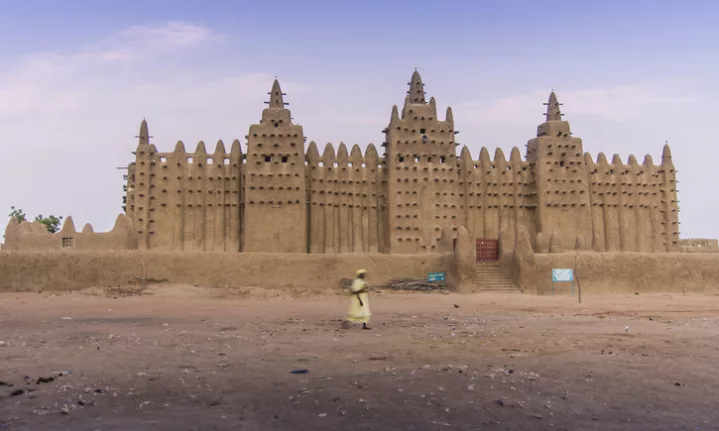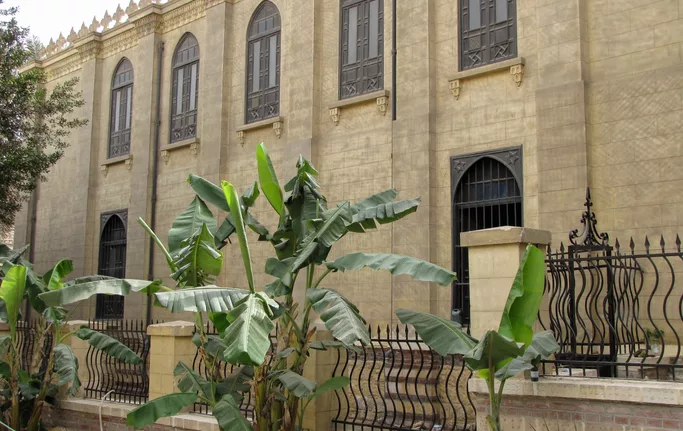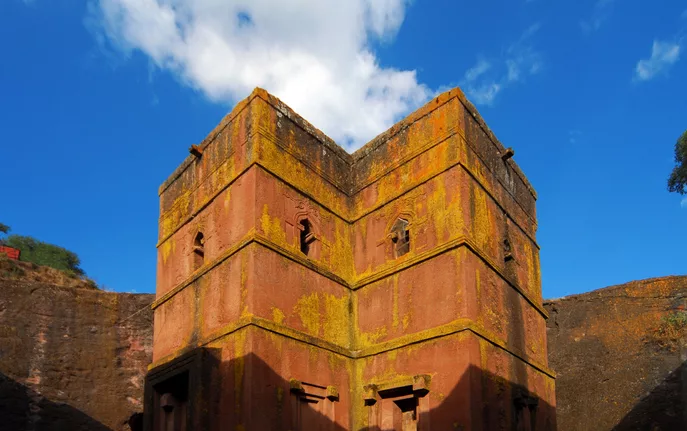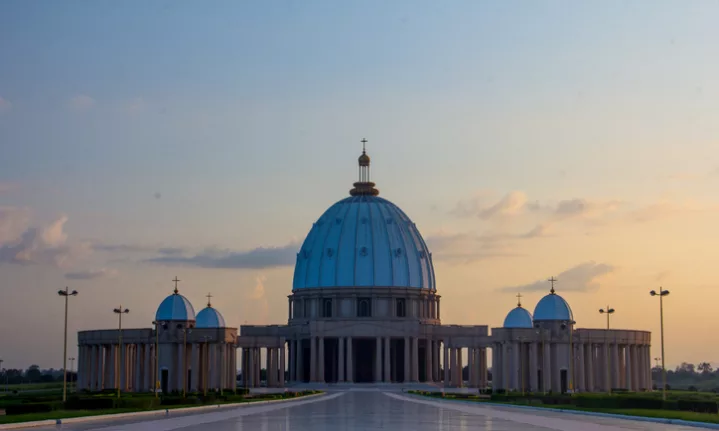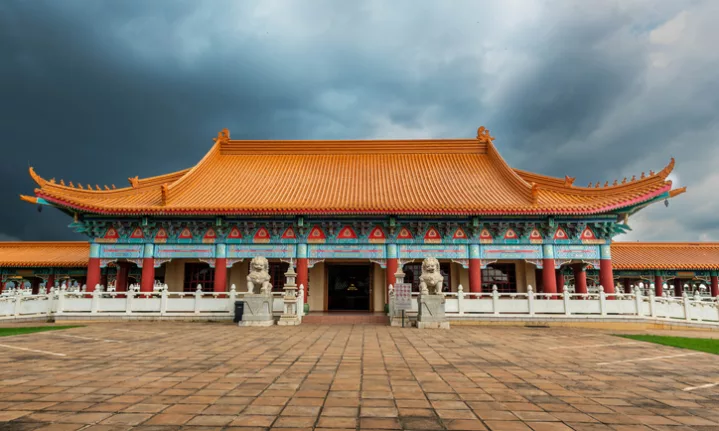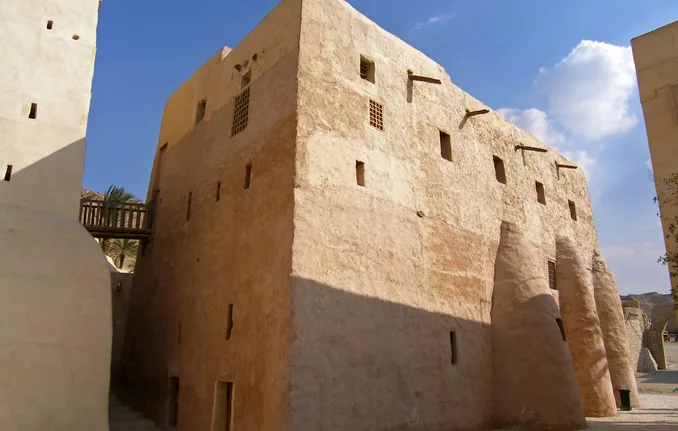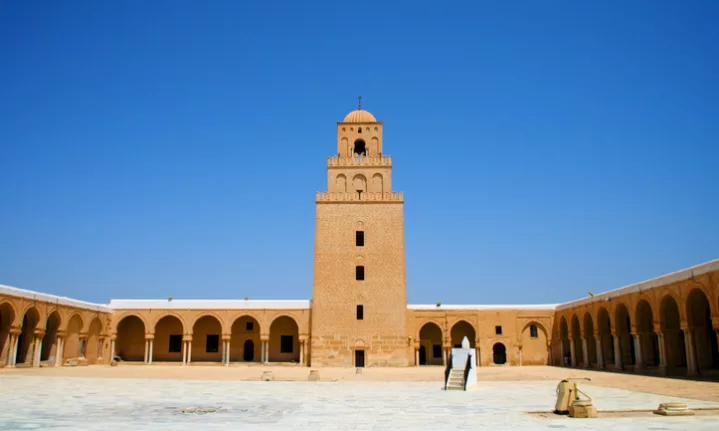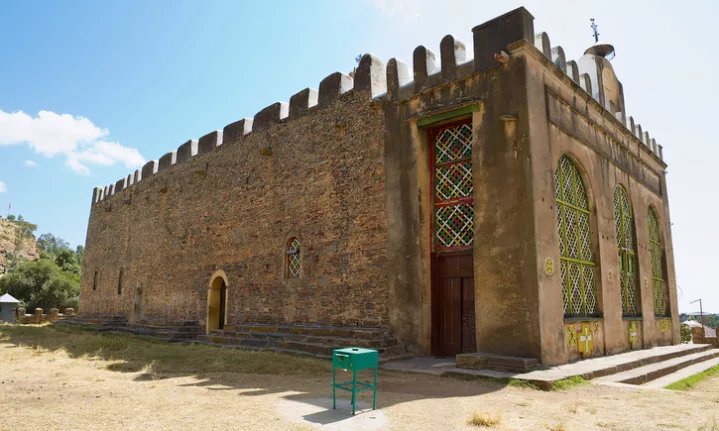The landscape of religious structures across the African continent has undergone a remarkable transformation in recent years. An impressive proliferation of religious institutions has taken root, signaling a growing devotion among individuals or their embrace of newfound beliefs. While these developments may suggest a contemporary surge in religious fervor, it is essential to recognize that Africa has a long history steeped in religious traditions. This fact is evident not only through the diverse indigenous beliefs found throughout the continent but also in the historical places of worship that stand resolute as testaments to the multifaceted spiritual narrative that has shaped Africa.
The African continent boasts a collection of revered sacred edifices that captivate the imagination. These architectural marvels encapsulate an amalgamation of historical significance and distinctive design, contributing to their allure. While the following compilation does not purport to be exhaustive, it provides a representative glimpse into the captivating tapestry of exceptional religious structures that grace this expansive continent.
The Magnificent Mosque of Djenné
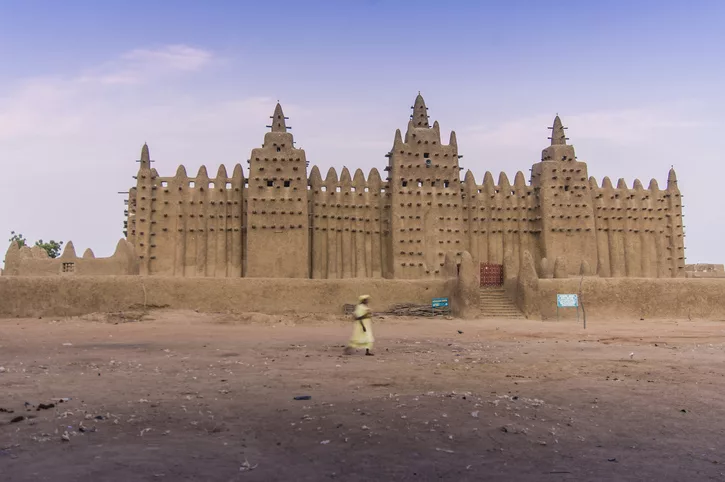
View of the mosque of Djenne. The Grand Mosque is a mosque in Djenné, in the Mopti region of Mali, it is probably the largest building in the world in adobe. The architectural style is Sudanese-Sahelian, with Islamic influences. The first building dates back to the thirteenth century, while the current one is from 1907.
It is located in the centre of the city of Djenné and with the whole city it has been a UNESCO World Heritage Site since 1988
The Mosque of Djenné in Mali is an extraordinary feat of architecture that commands global admiration. Representing a pinnacle of Sahelian architectural brilliance, this mosque stands as a grand testament to human ingenuity. Entirely constructed from mud, it proudly holds the distinction of being the world’s largest mud-brick edifice. Notably, the entire town of Djenné showcases a tradition of mud-based architecture dating back to the 14th century. Craftsmen meticulously create clay bricks, which are then sun-dried to attain resilience. These bricks are meticulously arranged to form walls and then coated with mud plaster. This enduring structure has faced collapses twice over the years, but its contemporary iteration, completed in 1907, endures through the annual ritual of communal maintenance and renewal.
Ben Ezra Synagogue: Echoes of a dwindling past
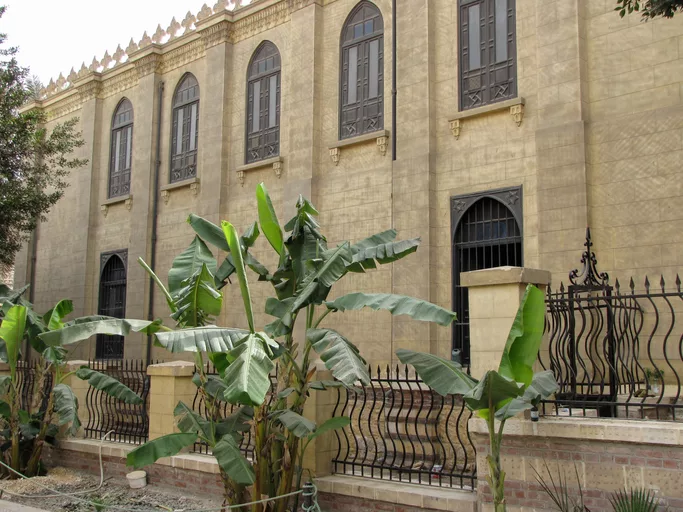
Exterior view of the Ben Ezra Synagogue in Cairo, Egypt. Situated in this Jewish synagogue is the famous Geniza, where 200.000 documents had been found in the 19th century. Those documents are significant historical papers, especially concerning the Jewish history in that region back to 800 AD.
Egypt’s historical tapestry is woven with threads of religious diversity, once boasting a flourishing Jewish community that numbered over 100,000 members. This legacy endures through synagogues that pepper the landscape as tangible connections to Egypt’s rich Jewish heritage. Among these is the 9th-century Ben Ezra Synagogue in Cairo, initially founded as a Christian church. A potent reminder of the past, it is believed to stand upon the very site where the pharaoh’s daughter encountered the infant Moses. Over the centuries, the synagogue has undergone renovations, with its 12th-century restoration attributed to Rabbi Abraham Ben Ezra. In 1890, its hallowed halls yielded a cache of historical papers that offer insights into the North African Jewish experience.
Church of St. George: Ethiopia’s carved marvel
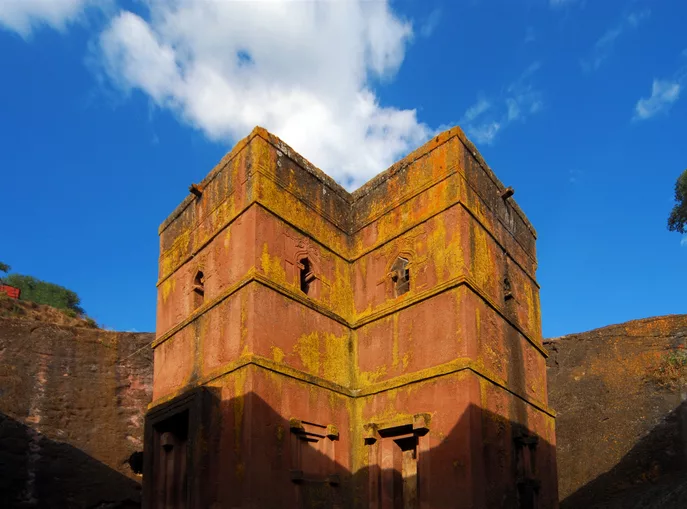
Lalibela, Amhara region, Ethiopia: rock-hewn Church of Saint George / Biete Giyorgis – carved from red volcanic rock in the shape of a cross – 12th century – the most famous of the eleven monolithic churches in Lalibela – Ethiopian Orthodox Tewahedo Church – UNESCO world heritage site
Lalibela, Ethiopia, is renowned for its enigmatic rock-hewn churches. Forged between the 12th and 13th centuries, these 11 medieval wonders emerge from volcanic tuff rock, evoking Ethiopia’s profound architectural heritage. A standout in this collection is the Church of St. George, a masterpiece that soars around 12 meters high. Its roof takes the form of a cross, while intricate murals, carvings, and arched windows adorn its interior. Commissioned by King Gebre Mesqel Lalibela, this church is an emblem of Ethiopia’s majestic ancient architecture.
Yamoussoukro Basilica: A monumental Christian oasis
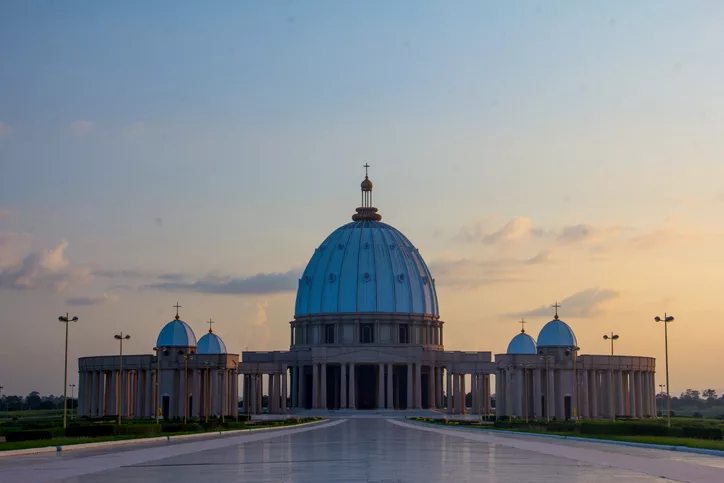
Yamssoukro Cathedral in Cote d’Ivoire
Côte d’Ivoire’s city of Yamoussoukro is home to an awe-inspiring sanctuary: the Yamoussoukro Basilica, also known as Our Lady of Peace of Yamoussoukro Basilica. A towering spectacle, it reaches a height of 158 meters, accommodating up to 18,000 individuals indoors and a staggering 300,000 in its courtyard. This colossal Christian edifice, completed in 1989, holds the distinction of being the world’s largest Christian church, even surpassing St. Peter’s Basilica in the Vatican. Crafted from imported Italian marble and adorned with over 5,000 stained glass windows from France, the Yamoussoukro Basilica stands as an eloquent synthesis of faith and architectural prowess. Its completion was driven by former President Félix Houphouët-Boigny, a testament to the church’s significance within Côte d’Ivoire’s national identity.
Nan Hua Temple: A sanctuary of serenity in South Africa
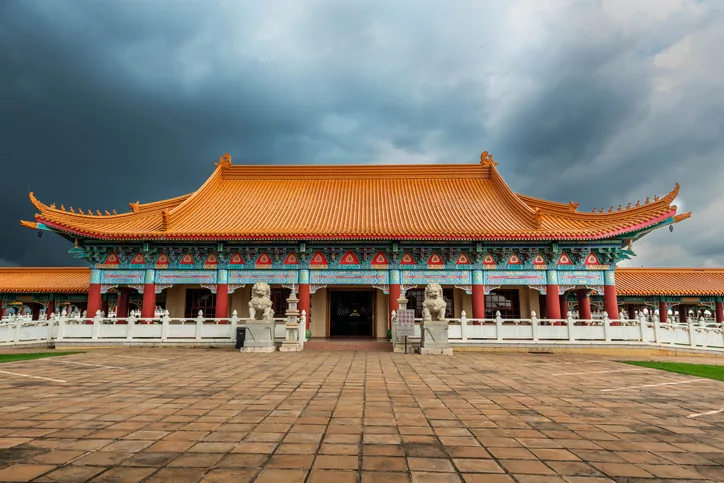
Architectural photos of the Nan Hua Buddhist Temple in Bronkhorstspruit near Pretoria in South Africa. It is the largest Buddhist temple in Africa. The main temple was opened in 2005.
Nestled in South Africa’s Bronkhorstspruit is a surprising testament to cross-cultural harmony: the Nan Hua Temple. Evoking images of ancient Asia, this intricately adorned temple covers a sprawling 600 acres, establishing itself as Africa’s largest Buddhist temple and seminary. Headquarters of the Fo Guang Shan Chinese Buddhist monastic order, this sanctuary stands as an emblem of unity and cooperation, exemplified by its construction beginning in 1992 with land donated by the Bronkhorstspruit City Council. Visitors are invited to immerse themselves in its tranquil ambience, encountering the resplendent Triple Gem Buddha statues and a meditation center that facilitates spiritual reflection.
Monastery of Saint Anthony: Egypt’s testament of devotion
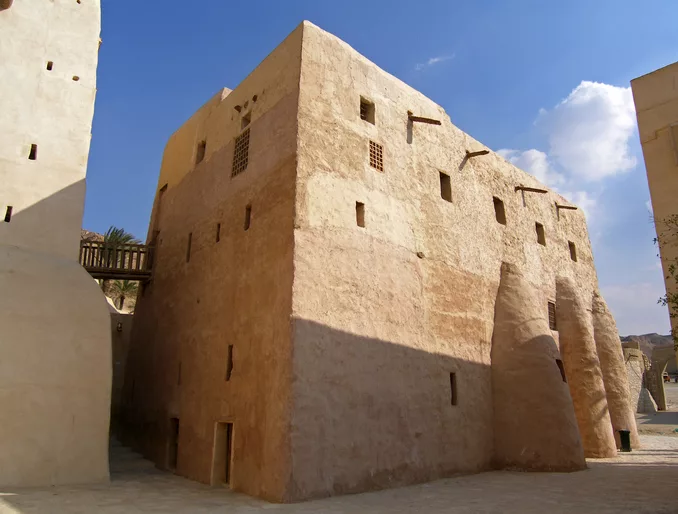
St. Anthony Monastery, Eastern Desert, Egypt
Egypt’s landscape reverberates with echoes of history, hosting some of the world’s most celebrated monuments. Among these treasures resides the Monastery of Saint Anthony, the world’s oldest continuously inhabited monastery. Situated deep within the Red Sea mountains, this sacred site traces its origins back to the 4th century. Established by the followers of Saint Anthony, a pioneer among Christian monks, this monastery is a living testament to devotion and asceticism. The monastery complex comprises several structures, including the Church of St. Anthony, the Church of the Apostles, the Church of the Virgin, and more. Heralded for its vast manuscript collection and contemplative environment, the monastery remains a haven for spiritual seekers.
The Great Mosque of Kairouan: A tapestry of Islamic heritage
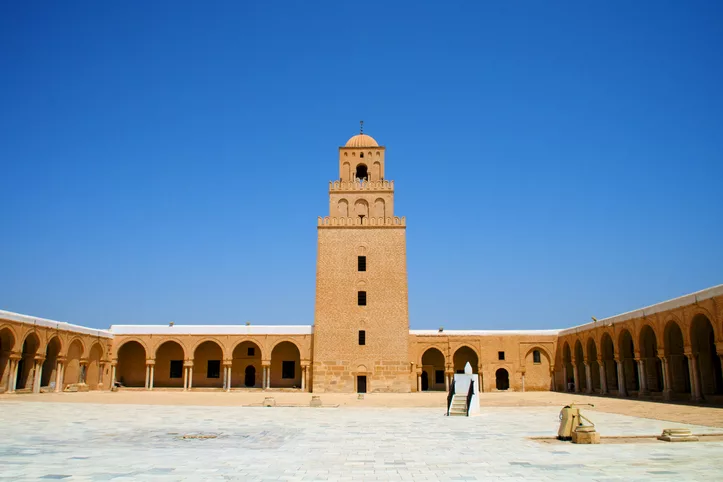
Mosquee Sidi Okba, Kairouan, Tunisia, North Africa
Kairouan, a UNESCO World Heritage city in Tunisia, cradles the illustrious Great Mosque of Kairouan, an architectural treasure that resides at the heart of the city’s heritage. Founded in 670, this iconic mosque radiates historical resonance as Africa’s oldest Muslim place of worship. Built by General Uqba ibn Nafi, the mosque has undergone multiple reconstructions over the centuries, bearing witness to the evolution of Islamic architectural styles. Spanning an impressive 10,800 square meters, the mosque boasts a courtyard, a prayer hall with 17 naves, a minibar, and the Old Cistern. This captivating blend of architectural influences—from Byzantine to Roman—makes it a true cultural masterpiece.
Church of Our Lady Mary of Zion: Ethiopia’s enigmatic relic
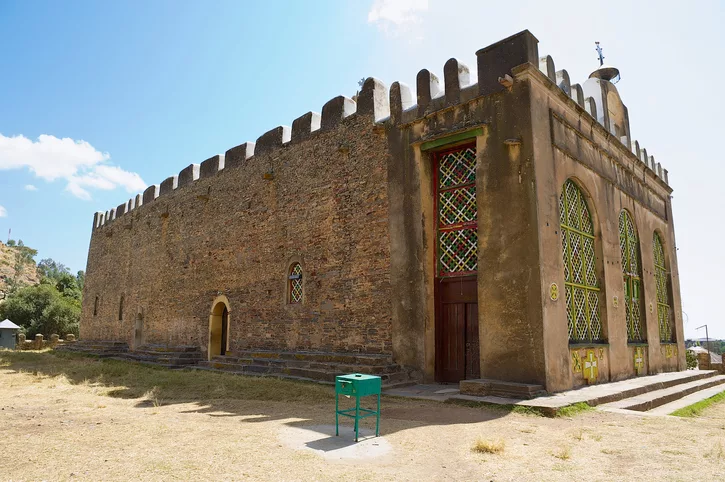
Exterior of the Church of Our Lady Mary of Zion, the most sacred place for all Orthodox Ethiopians in Aksum, Ethiopia.
Ethiopia’s Church of Our Lady Mary of Zion occupies a revered position in global religious discourse, tracing its roots to the 4th century during the reign of King Ezana. Situated in the ancient city of Aksum, this historical gem has undergone several rebuildings throughout its storied existence. However, its mystique extends beyond its age and architectural grandeur. The church boldly asserts possession of the Ark of the Covenant, a legendary vessel believed to house the Ten Commandments. Steeped in myth and spirituality, the church’s claim to the Ark—a symbol of divine connection—fuels debate and speculation, capturing the imagination of scholars and believers alike.
Nizamiye Mosque: Ottoman grandeur in South Africa
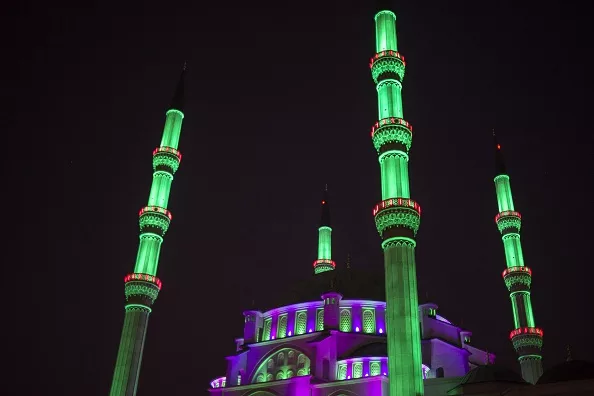
A photo taken on June 19, 2015 shows the Turkish Nizamiye Masjid Mosque in Midrand, Johannesburg, on the first Friday of the month of Ramadan. Tens of millions across the Muslim world fast from dawn to dusk and strive to be more pious and charitable during the month, which ends with the Eid holiday. Picture: MUJAHID SAFODIEN/AFP via Getty Images
In the vibrant city of Johannesburg, the Nizamiye Mosque stands as a grand testament to Turkish philanthropy and architectural brilliance. Constructed in 2012 by Ali Katircioglu, this mosque complex proudly boasts the title of the Southern Hemisphere’s largest. Its design, inspired by the 16th-century Selimiye Mosque in Turkey, captures the essence of Ottoman aesthetic grace. With 21 resplendent domes and over 200 stained-glass windows, this mosque emanates an air of intricate refinement. Beyond its spiritual role, Nizamiye serves as a communal hub, housing educational institutions, a clinic, conference facilities, and more.
Jummah Masjid Mosque: Mauritius’ Cultural Mosaic
Mauritius, a picturesque island nation, is a melting pot of diverse traditions and faiths. The Jummah Masjid Mosque, located in Port Louis, stands as an architectural embodiment of this cultural mosaic. Initially known as the Mosque of the Arabs, its origins trace back to the 1850s. Blending Indian, Creole, and Islamic architectural elements, this mosque exemplifies the harmonious coexistence of Mauritius’ varied religious communities. The mosque’s expansion in 1857 marked an effort to accommodate the growing Muslim population. Through its design, the Jummah Masjid Mosque speaks to the island’s religious diversity and historical evolution.
Pictures: Getty Images
Follow us on social media for more travel news, inspiration, and guides. You can also tag us to be featured.
TikTok | Instagram | Facebook | Twitter
ALSO READ: Timeless plant-based traditions spanning the globe









